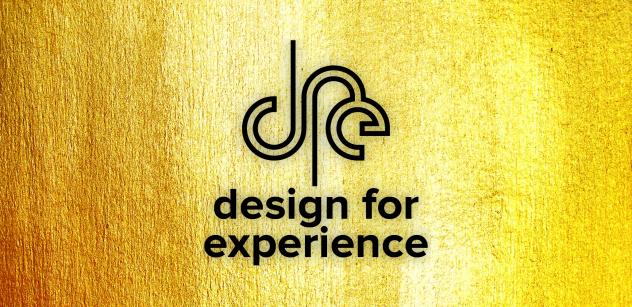We are proud to share that Casebook was recently recognized by UX Magazine with a 2014 International Design for Experience Award. Casebook received the award in the public sector experience category for the user-centric technology that is central to Casebook.
UX Magazine is a Mashable partner that provides information, analysis, and discussion on the field of user experience (UX) design – improving the experience for an individual in engaging with a piece of technology. Other winners this year included Airbnb, BBC Live and Citrix.
Casebook is a modern case management system that helps human services caseworkers and agencies make better, more evidence-informed decisions to more effectively serve vulnerable children and families.
In many ways, the public sector lags behind the private sector in leveraging user-centered design. Too often, procurement restraints and regulatory barriers limit the ability of our most-needed government services to improve their technology to more effectively help those most in need. As the our team stated in its application to UX Magazine:
“The landscape of public sector case management applications in the United States is dominated by systems focused primarily on policy compliance over user experience. Legacy software appropriately fulfills important regulatory requirements, but falls short in fulfilling the needs of social workers in the field — and by extension, the children and families they serve.”
Just as a good user experience is crucial to the adoption of quality products, it is equally important for quality public service enterprise. Our public servants spend long days tracking and managing information in this knowledge-focused 21st century, and they deserve tools that make their jobs easier, not harder.
With scarce resources and capacities, government agencies that are being asked to do more with less simply cannot afford to discount the power of a quality user experience to drive efficiency, data quality, and employee satisfaction. We are at the forefront of bringing this innovation to the public sector, and has made value-based design principles a core component of the work they do to improve the experience of caseworkers, increase positive outcomes for families, and lower overhead for government agencies and taxpayers.
Casebook has a fully mobile, person-centric interface inspired by social media networks, and was designed with input from frontline workers to mirror the unique, often nonlinear workflow of caseworkers.
For example, in many systems, caseworkers still take notes in a notebook and then transcribe their notes hours or days later. This often leads to long backlogs and unreliable data, both of which make it harder to provide the best services to children and families in need.
By contrast, Casebook makes tools available to caseworkers when they need them, helping them to keep up with their workload and ensuring the information they input is as accurate and up-to-date as possible.
Casebook also helps people work more efficiently by providing important data to child welfare workers, supervisors and policymakers in real time, helping them to make decisions based on evidence, instead of anecdote. The system is designed with efficiency and effectiveness in mind, and its user experience has several advantages over legacy systems:
- Data Completeness: Tools and calls to action are placed in interface locations where they are most likely to be needed, encouraging timely updates and ensuring complete data.
- Prioritization: The embedded dashboard provides workers with real-time notifications and alerts to help prioritize tasks.
- One-click access: Workers can always access the notebook tool with only one click, allowing them to quickly take notes whenever needed.
- Timely information capture: Casebook is fully mobile, meaning users can easily share notes, photos, or other documentation on their cases or with their colleagues from the field.
- Iteration: The Casebook team continually develops new functions to improve the system and keep up with best practices. Because Casebook is cloud-based, the system is able to be updated regularly without service interruptions.
What this amounts to is a tool that actually makes the already challenging job of protecting our kids and families easier and more effective through the power of design. Casebook shows what a strong user experience can do for enterprise systems like child welfare.
We are thrilled to see our innovative software recognized for its unique approach to child welfare case management technology and to see the opportunity for better tools for serving children and families in need recognized on a national platform.
We are helping shatter the illusion of outdated government information technology, and we look forward to seeing it continue its great work in states nationwide.



